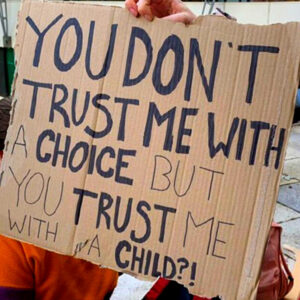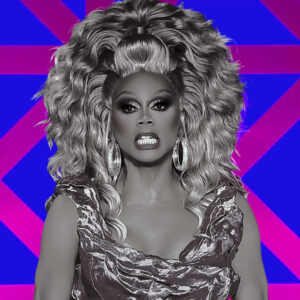It may shock you to know that India, and not the United States, produces more films in a year than any other country in the world. The Indian cinema industry as a whole was estimated to make $3.7 billion in 2020 and shows no sign of slowing down. With this amount of power it is not an understatement to say that the Indian film industry is a major reflection of the social values of India as a nation and is a major cultural force across South Asia .
This means that whatever attitudes the industry perpetuates about gender will ultimately have an impact on how South Asian women are perceived and how social attitudes towards women in wider Indian pop culture are changing. It is also important to state that Bollywood only refers to the Hindi speaking film industry based in Mumbai, Maharashtra, and that there are several regional film industries across India creating films in vernacular languages that follow the same trends and tropes as the globally dominant Hindi film industry.
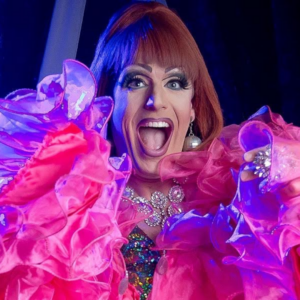
Since the dawn of Bollywood in the 1930s women have had a central role on screen, immortalising an image of the Bollywood heroine in the cultural zeitgeist of India and South Asia. This is an image of a conventionally beautiful, fair skinned, mesmerising woman who can dance seductively yet maintain perfect domesticity and respectability. Bollywood has created its female characters within this narrow box for a very long time, limiting who can be perceived as a heroine. So does this mean Bollywood is inherently sexist? As a person who has seen over 1000 Bollywood films, I feel the answer requires far more nuance than a ‘yes’ or a ‘no’.
The first topic to look at is the infamous ‘item number’ trope which has persisted in Bollywood for decades. The ‘item number’ is when an actress otherwise not cast in the film makes a cameo appearance for a sexually provocative dance number usually midway through a film (most Bollywood films have an intermission in the middle). These numbers feature conventionally beautiful actresses who pull focus with revealing costumes and seem to perform exclusively for the male gaze. The item number is often the segment of a film that will be selected as the key scene to use in promotional materials, to fill seats in cinemas and ensure a film becomes popular and successful. Many films will feature the star of the ‘item number’ on their posters as opposed to the leading actress, emphasising the visual appeal of actresses as opposed to their talent as performers.
The variation of body types and skin colours of the actresses cast in ‘item numbers’ is also incredibly limited, with almost all ‘item numbers’ featuring women with slim figures and very fair complexions. This perpetuates unrealistic beauty standards in an extremely diverse country where according to an article in the Indian Feminist, 60% of women wear some variation of ‘plus sized’ clothing.
However, actresses do not always only star in ‘item numbers’ or in the rest of a film. Huge stars with critically acclaimed acting careers often appear in ‘item numbers’. These are not women who need to perform in such a way to further their careers or to survive in the Bollywood industry. There is agency in performing in such a way and to label the ‘item number’ as inherently exploitative is problematic.
Some actresses such as South Indian star Silk Smitha created lucrative and successful careers from performing in overtly sexual roles and, despite criticism from sectors of the Indian public, were clear in their own desire to perform in such a way. Similarly, musicians such as Beyoncé or Shakira will perform on stage and in music videos in a seductive manner, these actresses are performing in a way that expresses their own sexuality and agency.
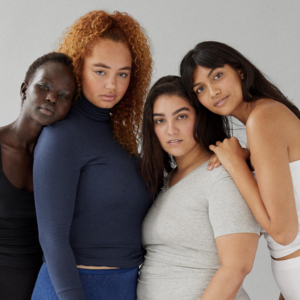
While there is a sexist element to the ‘item number’, and that’s without even touching on the sexism in the lyrics to the songs they perform to, it may also be a positive step towards validation of female sexuality in a society that has major hang-ups and discomfort around open attitudes towards sexuality and outward sexual expression.
Bollywood is also known to perpetuate colourism in India and across the South Asian community. For a long time, only beginning to change in the past year or so, it has been the norm for Bollywood actresses to endorse skin lightening products including the infamous ‘fair and lovely’ line of products which promise to lighten skin colour to match the fair complexions of Bollywood women.
India is an extremely diverse country with people of every shade existing across the country, ranging from the very fair complexion of most Bollywood actresses to deep skin tones of millions of women who are seemingly excluded from the narrative of becoming a Bollywood heroine. Colourism is still a topic that is not explored or discussed widely in the industry. As of yet, a deeper toned A-List Bollywood star (either male or female) has also not yet emerged to challenge the status quo of colourism in the industry.
This directly feeds into sexism, as in India women are far more narrowly policed on their looks and praised for fitting an established beauty standard than men; with a majority of skin lightening products being marketed directly to younger women. This aspect of the industry is also complicated because one must appreciate that the fair skinned women themselves who feature in Bollywood movies often are genetically lighter skinned and many are also very talented, meaning it is difficult to critique their position in the industry. While they perpetuate a beauty standard, they themselves cannot be attacked for taking advantage of their ability to fit within it.
So, is Bollywood perpetuating sexism? In recent years a wave of new films such as: Angry Indian Goddesses, Lipstick Under My Burkha, Veere Di Wedding, Chapaak, and Queen have explored women-centred stories that promote independence, self-love, and sisterhood above the desires of men and bending over backwards to fulfil these desires. These films have created a unique narrative within Indian cinema of Indian feminism and responses to issues faced by Indian women.
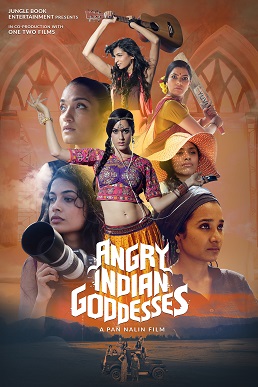
This is no small feat as the topics discussed and displayed in these films such as independent travel, menstruation, masturbation, premarital sex, violence against women, religious reform, and lesbianism are all still deeply taboo in many parts of India. Depicting stories about these topics in blockbuster films is incredibly progressive and important for the status of women in the Indian cinema industry. These films have not only diversified the stories we see in Bollywood but have expanded and redefined the definition of what women can do as actresses in Bollywood.
Other films such as Heroine, starring Kareena Kapoor, or Fashion starring Priyanka Chopra, have explored the difficulties faced by women in Indian entertainment and the sexist nature of the industry. In addition to this there has also been a new wave of historical dramas centred around female characters showing Indian women throughout history as empowered, inspiring, and central to the history of India.
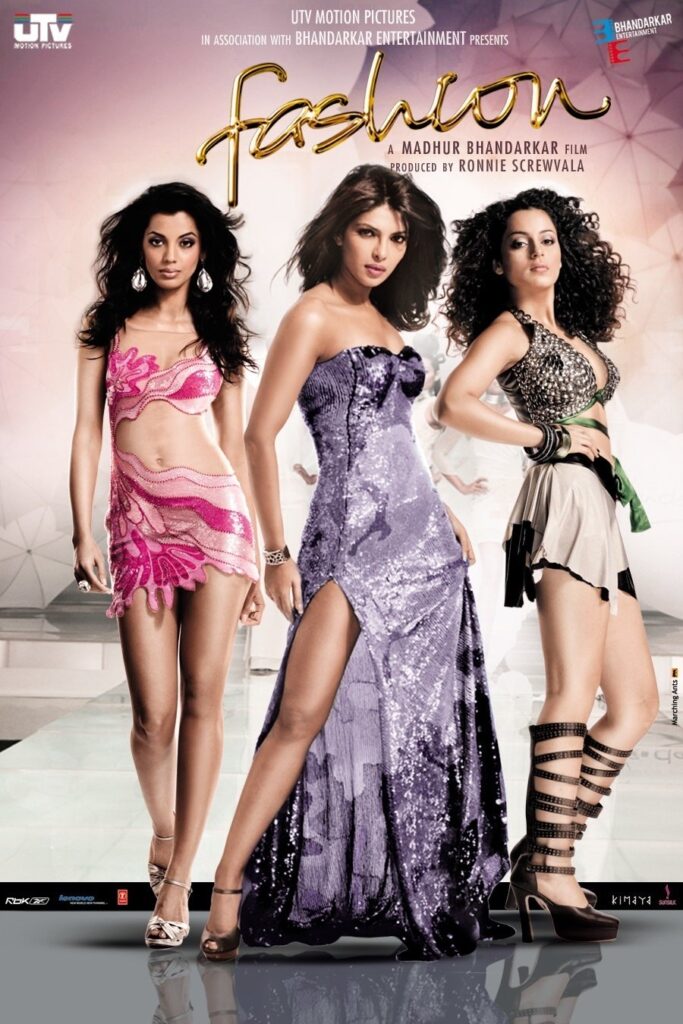
This expansion of Indian cinema includes successful women-centric films with a diverse collection of issues and types of women, promises further reform of what it means to be a woman in Indian pop culture and how pop culture is projecting the status and role of women in Indian culture. However, these changes do not erase a history within Indian cinema of regressive and harmful narratives about the roles of women in Indian culture and within the family unit. Many films project women as entirely centred upon the stories of male characters and many of the classics of Indian cinema fail the bechdel test.
It is a common Bollywood trope that actresses new to the industry aged between 18 and 24 are often cast opposite men over twice their age as their love interest. While this is not inherently wrong, the lasting reason for this trope is the inevitably shorter shelf life of most actresses in Bollywood and the narrow pool of legendary male actors who maintain their status as young and desirable stars long after their female counterparts have slid into secondary roles and often out of mainstream cinema entirely. So, does this also mean Bollywood perpetuates sexist ageism?
As a fan of Bollywood, somebody who loves classics like Dilwale Dulhania Le Jayenge and Mr India, it’s hard for me to accept that indeed, Bollywood, like Hollywood, perpetuates sexism in its films and how the industry portrays women. It is indisputable that when so many films are branded based on ‘item numbers’, and only in recent memory have regressive practices such as skin lightening endorsement started to peter out of the mainstream, that the Bollywood film industry is, at least to a degree, sexist.
However, Bollywood is also a major tool in furthering Indian feminism and reclaiming the narrative of women in Indian pop culture as something which is empowering, inclusive, and boundary breaking. The future of the industry promises more films where women are able to develop their own narratives and share more stories about what it means to be a woman in India today. This casts a positive light on the future of the industry, with a hope that in years to come Bollywood will become a tool to dismantle some of the sexist tropes and cultures it has previously been a part of constructing in India and across South Asia.
